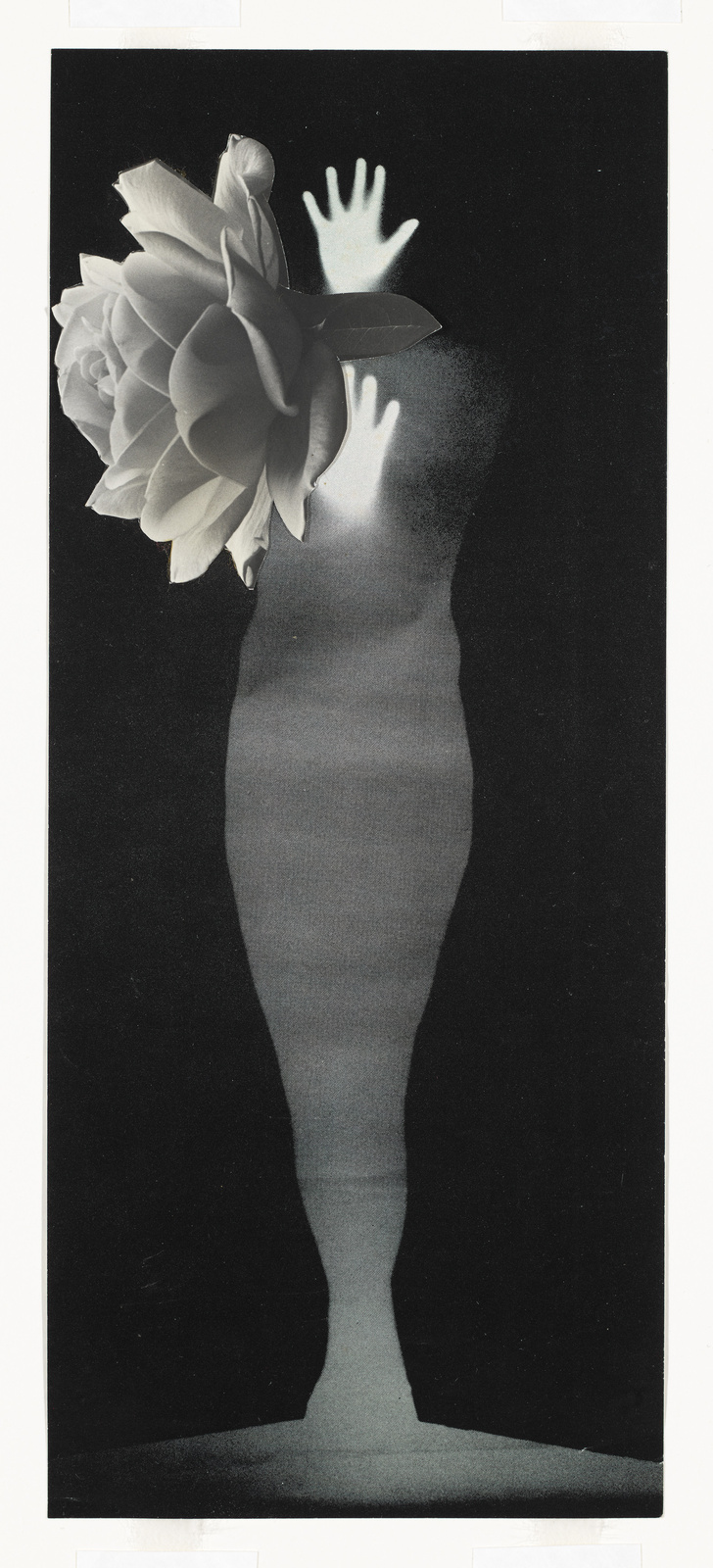0:00
Jay DeFeo, Tuxedo Junction, 1965/1974
0:00
Narrator: To make Tuxedo Junction, DeFeo recycled fragments of a 1965 work called The Estocada. The earlier work was partially destroyed when she left her Fillmore Street studio.
Jay DeFeo: That last day on Fillmore Street when there was one last drawing to be removed from the hallway. It was kind of in the form of a collage that I had stapled all over this wall with some fantastic hope that someday it would all get put down on a single format. But there wasn’t time for all of that so between the two of us we just yanked it off the wall in pieces and just made our getaway. And I carried these darned fragments around with me for years. I had so little space in my home I was finally storing all of these things under my bed, and I got to the point where I was really fed up with these dust catchers.
Narrator: Fed up or not, DeFeo used the fragments of that 1965 painting productively. In 1973, she photographed their layered ridges repeatedly, producing texture studies such as the two photographs shown nearby. A year later, she mounted the fragments themselves onto Masonite to make this work.
Dana Miller: She took a fixative and sprayed the fixative onto those fragments so that the rust and dust from her bedsprings would remain intact. She wanted that sense of age and that part of the story of the piece to remain part of the newer work.
She titled it Tuxedo Junction after a Glenn Miller song that she had always liked, an older song that was reissued at that time. I think that there's a metaphor there between older work being reissued or re-released and the difference between Estocada fragments being reworked into a piece that's almost ten years later.
